CEO Talks: Patrik Söderström of Gant Talks Retail Expansion and How to Keep a Heritage Brand Relevant
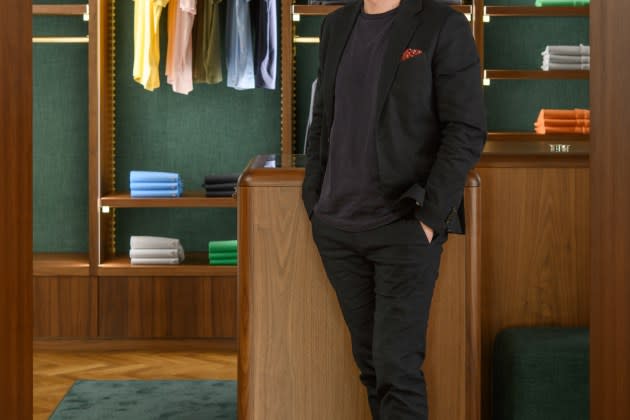
LONDON — Gant, a Swedish brand with American roots, is reclaiming its preppy heritage with an aggressive expansion led by chief executive officer Patrik Söderström, who joined the company in 2016 as executive vice president of global markets and sales. He was promoted to the top job in 2020 just as COVID-19 was about to hit. Since he’s been at the helm, Gant’s revenue has increased substantially, rising 20 percent in 2022 from 2021 to hit $1.3 billion, with expected growth of 14 to 15 percent this year. And Söderström’s ambitions are high, with high-single-digit growth expected in 2024 and double-digit growth in 2025, according to a company spokesperson.
Gant was founded in the late 1940s by Bernard Gantmacher with headquarters in New Haven, Connecticut, but after several ownership changes — it is now owned by Maus Freres — it jumped across the pond to Sweden, where the brand has just opened a 580-square-meter, three-level flagship in Stockholm.
More from WWD
EXCLUSIVE: Uniqlo Set to Reopen Paris Flagship, Launch Partnership with Opéra Garnier
Anthropologie's Fall Campaign Features Australian Actress Phoebe Tonkin
UFC, Celio Unite to Take a Jab at Apparel for Gane-Spivac Fight in Paris
Here, Söderström talks about his bold ambitions for the brand and the importance of brick-and-mortar.
WWD: What is the thinking behind your retail strategy?
Patrik Söderström: We are really into brick-and-mortar. We need to find the right balance when it comes to brick-and-mortar and digital. We need to find a reason for consumers to actually get into brick-and-mortar. You can’t just do any kind of store anymore, particularly not in key cities like Stockholm. You need to give the consumers a very good reason to come in.
We have actually been planning this [new store] for almost two and a half years, we really wanted to change the flagship in Stockholm to make sure that something came out on the other side that was not only the best Gant store, but also something that would be different. We have a pretty huge space, which can be used for games and different experiences like flower shows, book signings and installations.
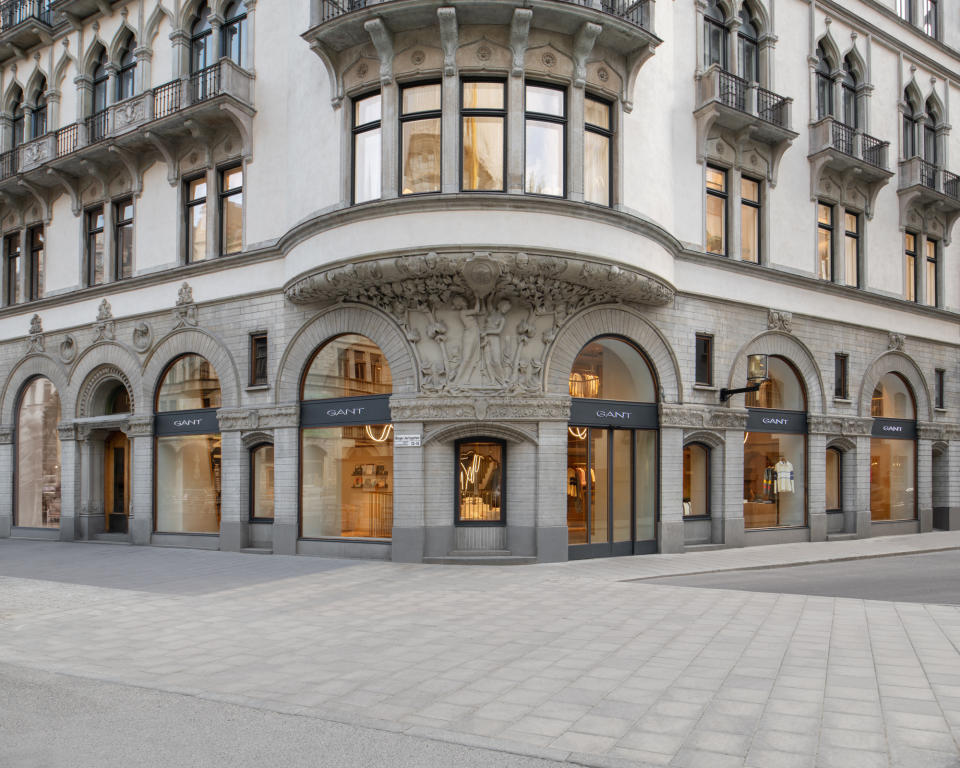
WWD: Gant will celebrate its 75th anniversary next year, to what do you attribute its success?
P.S.: We’ve been really fighting over the last three or four years to bring it back [the heritage and legacy of the brand] — it’s so easy when you’re in this industry to jump on trends and to try to become everything for everyone to sell some products.
WWD: You took the post of CEO in February 2020, how did you navigate coming out of the pandemic with a healthy business?
P.S.: We pretty much did it together with Brian Grevy, our previous CEO. We started with how we wanted to become the future of American sportswear and continue that work together here in Stockholm. We were pretty much done more or less on the day COVID-19 hit, that’s when we were about to present to the staff and owners how we see the next five to 10 years panning out. We just decided that no matter what COVID-19 hits us with, we will continue to do what we decided. Obviously it was a struggle, but we never took a step away from the original plan we presented. We had a record year in 2021 despite COVID-19 and we had another record year both top line and bottom line in 2022.
WWD: Which part of the strategy led to that success?
P.S.: We sped up our digital plan, which we were supposed to do in one and a half years. We probably did it in around three or four months. Making sure we can drive e-commerce cross country, any day, any minute and any second.
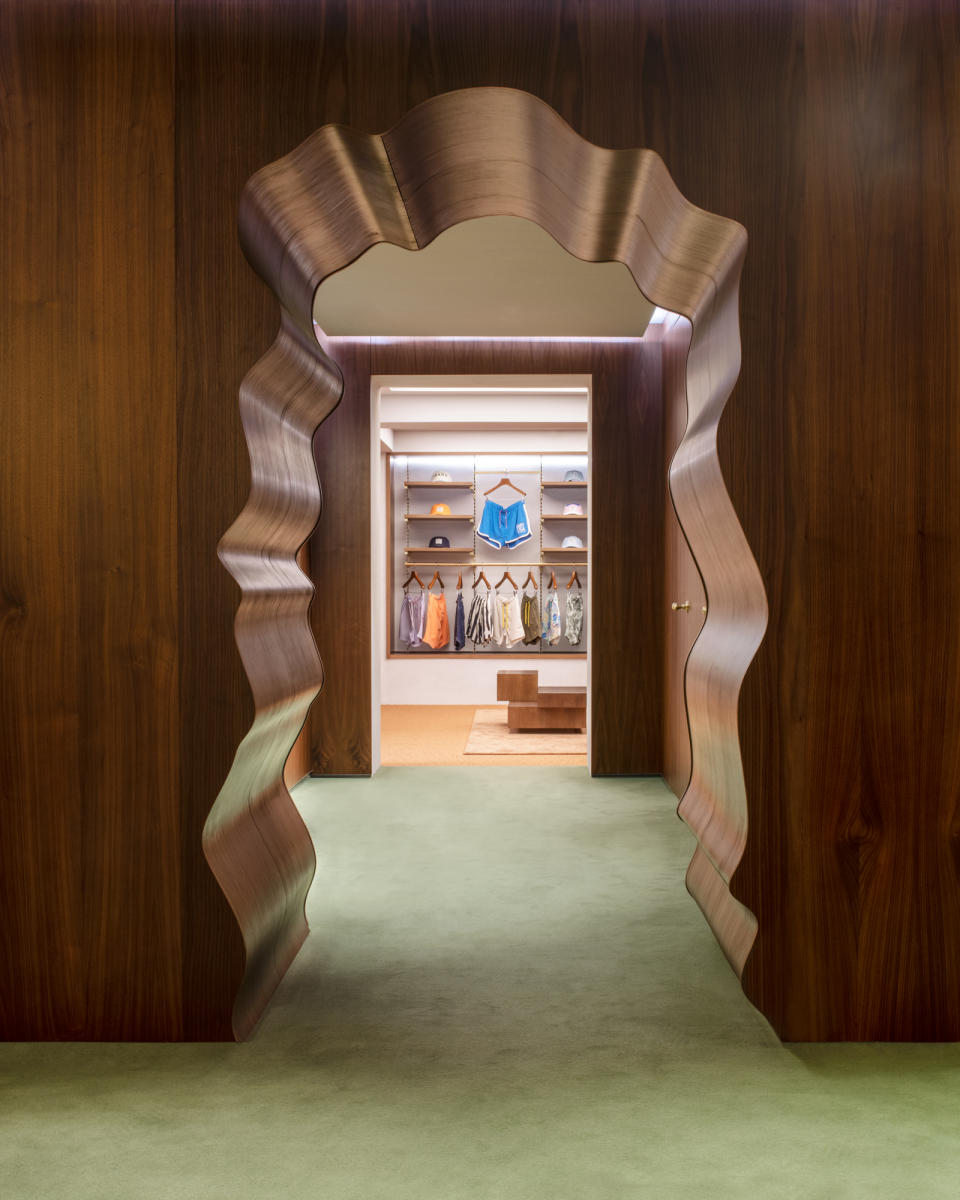
WWD: What’s your style of working?
P.S.: The Gant family wants to build curiosity, creativity and community. What we’re trying to do is build a company on values that everyone can relate to. It’s not the CEO that builds the company, it’s the people that build the company and their input. Being in Sweden where the head office culture is set, it’s a collaborative culture and environment without a hierarchy. We stay together and discuss things, even if we hate it sometimes, but we usually come out of a room with a common plan, which is not always the case in all companies.
WWD: When you’re building a team, what are you looking for in the hiring process?
P.S.: The hardest part in a company like this is the recruitment side of it because there are so many skilled people out there, but what we’re trying to do is not only find the right skill set, but also the right mindset. Gant is not a place where you have your squares and boxes that you walk into. Here you need to be a combination of a business person, a creative and an entrepreneur at the same time.
WWD: What do you think are the most common mistakes young brands make during expansions?
P.S.: I’m one of the older ones now at Gant, one of the common mistakes is normally trying a little bit too hard to sell to everyone, you try to jump on trends and take shortcuts for some short-term wins.
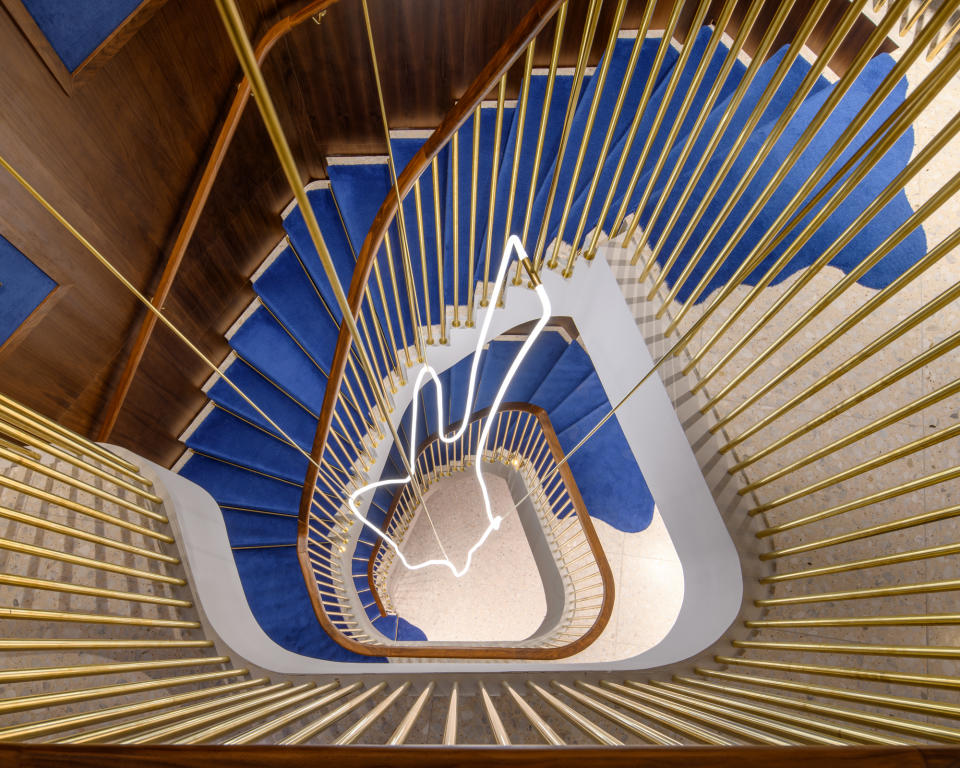
WWD: You speak about legacy and history, but how do you keep your customers interested in a legacy and history that they’re already familiar with?
P.S.: That’s a hard one actually because consumers only have so much of an attention span, sometimes you need to make sure that you are quite crisp. If you take the flagship store as one example, you can clearly see our heritage with some old pictures and you can read about it, but for the first time, we’re actually selling vintage Gant products. We’re trying to bring back those old shirts into the system and getting consumers to touch and feel where it started. We have products that date back to the ‘60s, but we’re not going to sell all of them.
WWD: What does the future of Gant look like in terms of growth?
P.S.: We sell in around 75 countries in the world today, so we have quite many countries left to cover. We are right now looking into Asia Pacific mainly with the help of distributors and partners. We still have a lot of work to do in our subsidiaries as well. When I started in 2016, only 30 percent [of our sales] came from own operated business, and today, after acquiring many markets, we’re almost at 65 to 70 percent. There are still some parts that we can invest a little bit more in now. In our own subsidiary, the biggest countries are mainly in Europe like Germany, the U.K., France and Spain where we still see an enormous potential, but we do have some geographical areas that we need to cover before we become a real global brand.
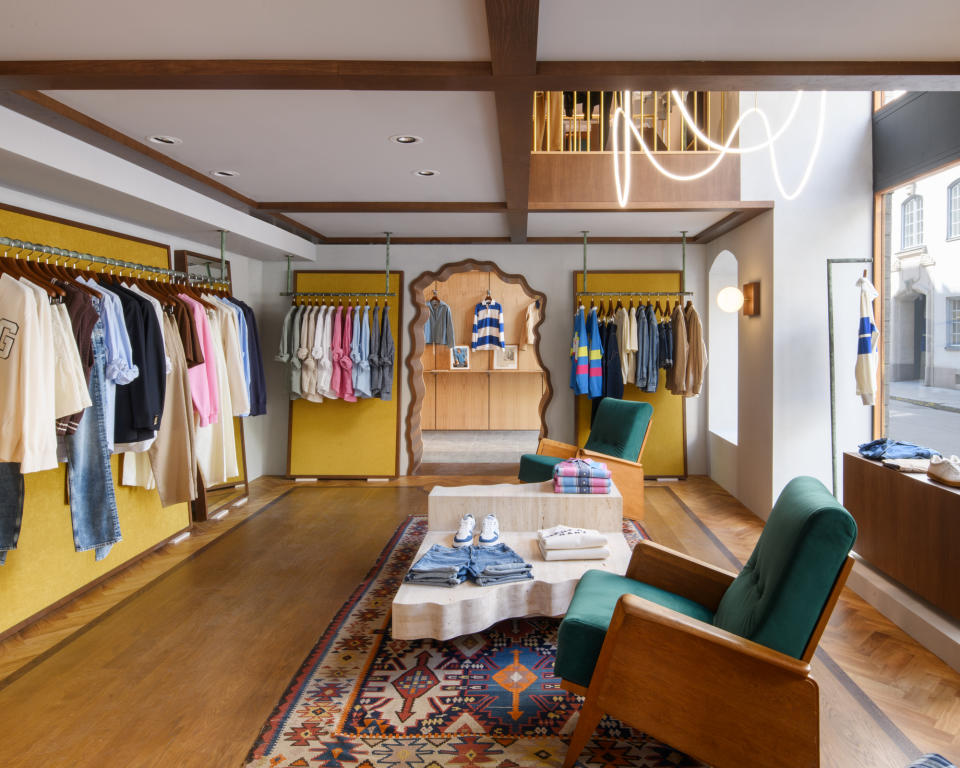
WWD: What’s on your wishlist right now?
P.S.: The main focus right now is to set up more flagships. Hopefully, one in Paris and a new one in London, we’re still debating that internally, and we already have a Regent Street store, there are still some years to go on the contract.
WWD: What’s the Asian and Middle Eastern market like for Gant?
P.S.: We have a partner distributor in the Middle East — we’re quite big with around 45 full-price stores. The biggest store we have is in Dubai at the Dubai Mall, which is the biggest Gant store in the world, both in size and turnover. In Asia, we own and operate China on our own, we actually acquired that market in the midst of COVID-19 and right now it’s back on track again. We are about to sign some contracts with [South] Korea and Southeast Asia too, which I cannot mention as we’re still under an NDA until the contract is signed. We’re looking into three countries in Southeast Asia, then we have a partner down in Australia and New Zealand.
WWD: What makes for a fashion brand like Gant to be successful in Dubai, where it’s monopolized by luxury brands?
P.S.: We’ve been in the Middle East for quite many years and Gant has always been part of pretty much every shopping mall down there. There’s so many tourists normally coming down there as well that they recognize the brand — half of Europe travels to Dubai on holiday and you get that automatic recognition.
WWD: There’s also homeware on the Gant website, how does this fit into your strategy to build beyond fashion?
P.S.: When it comes to some of those categories like home, most of our operated stores in Europe don’t carry home, but with the Middle East, it fits in. It’s better to sell homeware to wholesale customers and through e-commerce than try to fit that into our stores at this point. We will still continue to sell homeware, but it’s more from a wholesale perspective and digital perspective. The key for us is to make sure that we can build a men’s and women’s collection that makes sense.
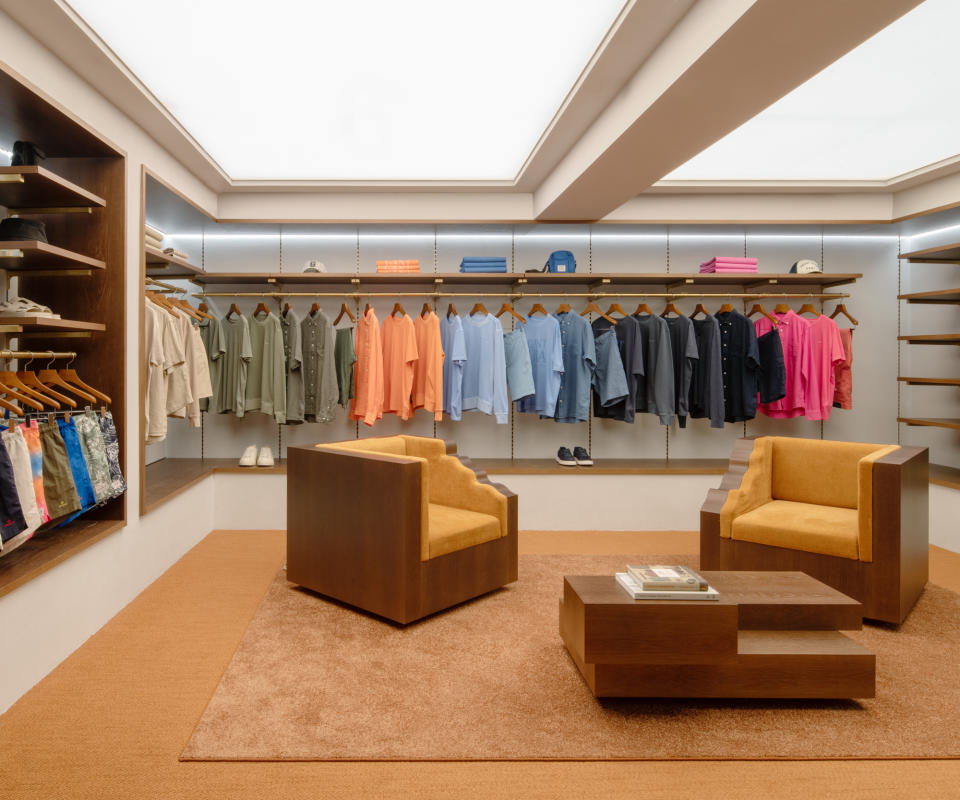
WWD: How do you navigate wholesale and direct-to-consumer?
P.S.: That’s the million-dollar question. Our e-commerce flagship is [doing] extremely well. We’re building a marketplace solution with the likes of Zalando, but we are also really trying to cater to our best brick-and-mortar wholesale partners because we think they are important for a brand like ours because they attract new consumers.
WWD: Where do you see Gant in 10 years?
P.S.: I would hope in 10 years that someone from the outside will say, “Wow, this is a global brand.” Maybe not present in every market, but at least between 110 and 120 countries at that time. I’m not so concerned with the size of business in the U.S., but that we are really relevant for the right consumers in the U.S.
WWD: When you’re away from work, what are your downtime hobbies?
P.S.: I do pretty much three things. I exercise a lot. I go to the gym four or five times, usually in the mornings to be able to get to work fresh with a bit of a pump. In winter time, I do an enormous amount of skiing. Third, I watch basketball. I’m a Boston Celtics fan, but that’s pretty much my outside-of-family life.
WWD: How long have you been into American basketball?
P.S.: I used to work for Reebok once upon a time and they have their headquarters in Boston. When you see a Boston Celtics game for the first time, it’s very hard not to become a fan — it’s show business, but it’s a beautiful show business.
Best of WWD

